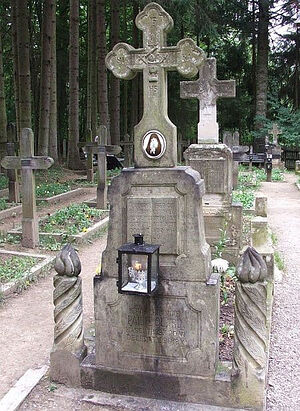Qatar’s foreign affairs ministry said Nov. 27 that an agreement has been reached to extend the Israel-Hamas truce for another two days. The announcement was made by a ministry’s spokesperson on X on the final day of a four-day cease-fire in which some of the hostages abducted by Hamas in October have been released in exchange for Palestinian prisoners.
The Hamas militant group agreed with Qatar and Egypt to extend the cease-fire “under the same conditions reached before,” CNN reported. According to the agreement, at least 50 Israeli hostages — civilian women and children under age 19 — among the about 240 kidnapped by Hamas Oct. 7 — were being released in batches over four days during a pause in the fighting. The release of every additional 10 hostages will result in one other day in the pause. The White House confirmed an agreement was reached.
In the exchange, besides releasing at least 150 Palestinians, Israel also has allowed fuel, medicine and other humanitarian aid into the Gaza Strip.
On the evening of Nov. 27, local time, the Israeli military said 11 hostages were released and were being transported by the Red Cross in Gaza. Later, the Israel Defense Forces released a statement saying that the hostages were in Israeli territory and that after they get a medical assessment, they will be reunited with their families. This was the fourth exchange of the original truce, which started Nov. 24. Earlier on Nov. 27, the families of this group were notified that their loved ones were expected to be released but there were conflicting reports about the status of the list of hostages during the day.
Hamas, Israel and the U.S. had been working through ongoing issues with Nov. 27’s list of hostages, “including ensuring children on the list are not released without their mothers or grandmothers who might also be in captivity,” CNN reported. The agreement stated that no families be separated during the release, but an IDF spokesman said that deal was violated when Hamas released one hostage without her mother Nov. 25.
According to Reuters, U.S. officials hoped two American women would be among the hostages released that day. But later that day, White House spokesperson John Kirby told CNN that no American hostages were believed among those freed Nov. 27.
Delicate and intense negotiations between Israel and Hamas, with the mediation of Qatar, Egypt and the U.S., led to the start of the hostage-Palestinian swap. Since Nov. 24 — the first day of the truce — 69 hostages, mostly women and children, have been released. So far, 117 prisoners — women and children but also teenage males, according to media reports — have been released from Israeli prisons. Hamas received a list of Palestinian prisoners set to be released in exchange for the Nov. 27 group. Israel will release 33 Palestinian prisoners later Monday, the Associated Press reported.
The first hostage group, released late afternoon Nov. 24, included 13 Israeli civilians — four children, three mothers and six other women — as well as 10 Thai and one Filipino. Their release was followed by the first group of 39 Palestinians freed by the Israelis.
On the second day of the hostage-Palestinian exchange Nov. 25, Hamas initially delayed the exchange, claiming “that the aid deliveries permitted by Israel fell short of what was promised,” according to A.P. But through mediation, Hamas ultimately released the second group that evening — 13 Israelis and four Thai nationals — and later that night Israel released 39 Palestinians to the militant group. The freed Israelis were eight children and five women.
On the third day, the freed hostages ranged in age from 4 to 84 and included nine children, according to Israeli Prime Minister Benjamin Netanyahu’s office. One of the released hostages is an Israeli-American child, Abigail Edan, who turned 4 in captivity. Her mother and father were gunned down in front of her by Hamas in their Oct. 7 terrorist attack on Israel killed in the Hamas attack that started the war. Abigail has two siblings who survived the attack by hiding in a closet.
The agreement between Israel and Hamas, originally scheduled to take place Nov. 23, was postponed for a day because Hamas had not yet presented a list of prisoners to be released.
The U.N. Office for the Coordination of Humanitarian Affairs said Nov. 24 that “137 trucks of goods were offloaded” at a reception point in Gaza operated by the U.N. Relief and Works Agency for Palestinian refugees. “Humanitarian teams from the U.N. and partners will continue to ramp up humanitarian operations to meet the needs of people throughout Gaza in the coming days,” the OCHA statement said.
As the war in Gaza neared its 50th day, the destruction in the enclave is “simply unimaginable,” said Latin Patriarchate CEO Sami El-Yousef in a letter of reflection published on the website of the Latin Patriarchate Nov. 20.
He noted that as of its writing, the U.N. had said over 11,000 Palestinians had been killed in Israeli retaliatory strikes as it vowed to destroy Hamas infrastructure following the Hamas attack, and some 1.6 million people — almost 70% of the Gaza population — have been displaced.
During the Oct. 7 attack by Hamas, 1,200 Israelis were killed, 240 people were taken hostage and thousands have been displaced. Between 150,000 and 200,000 Israelis also have been evacuated from the southern and northern borders as Hamas and Hezbollah continue to lob rockets and missiles into Israel.
El-Yousef said the internally displaced Palestinians in Gaza were without a proper mechanism to care for their basic needs and most hospitals are not functioning because of the lack of electricity, fuel and medicines.
After the recitation of the Angelus, which he led from his residence’s chapel due to a lung inflammation, Pope Francis gave thanks for the temporary truce and the release of some of the hostages in Gaza. “Let us pray that all of them will be (released) as soon as possible — think about their families! — and that more humanitarian aid enters Gaza,” he said.
In an interview with Vatican News, Cardinal Pierbattista Pizzaballa, the Latin patriarch of Jerusalem, said that freeing hostages is the “first step” toward ending the war between Israel and Hamas.
“The fact that an agreement has been reached on the release of at least some of the hostages is positive, because so far the only channel of communication has been military,” the cardinal said. “It is clear that politics must take control of the situation, offering perspectives above all, because the military has none. It is clear, therefore, that negotiations and the release of hostages are the first steps to then start paths of political perspectives for Gaza after this war. This is what is needed.”
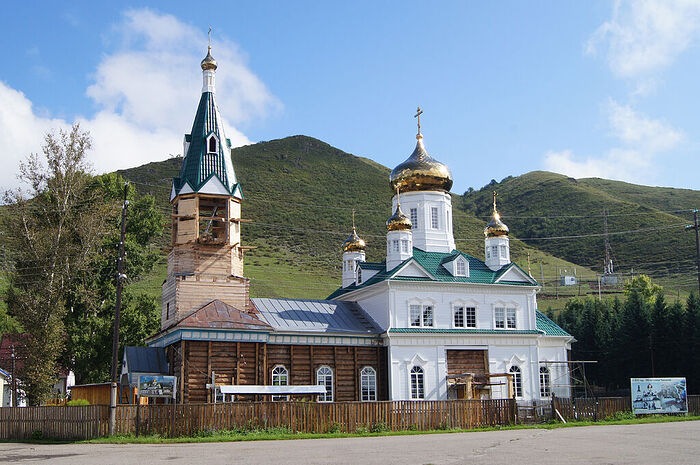
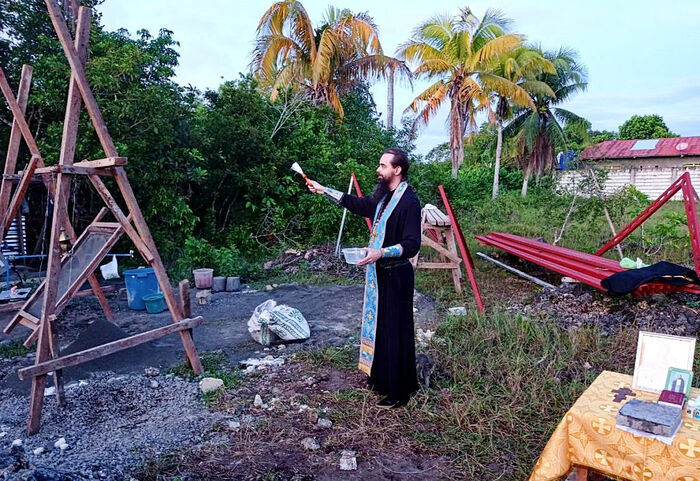
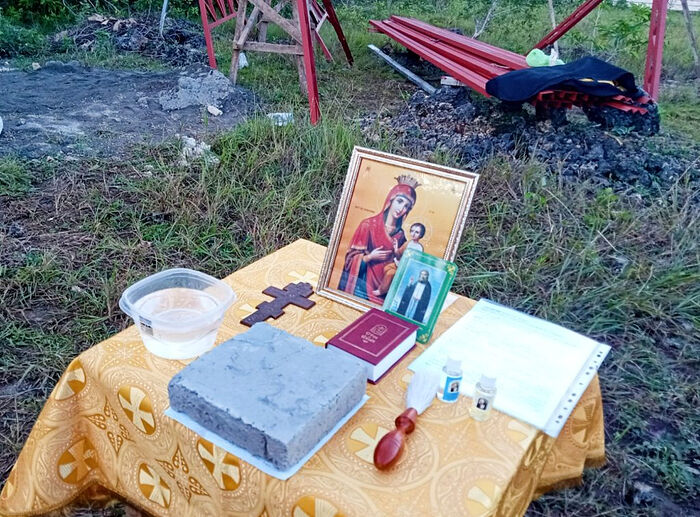
 Dozens baptized at new parish in the PhilippinesThe Sacraments were celebrated by the local dean Hieromonk Alexei (Lapshin) and two local rectors.
Dozens baptized at new parish in the PhilippinesThe Sacraments were celebrated by the local dean Hieromonk Alexei (Lapshin) and two local rectors. New parish communities established in the PhilippinesTo date, there are 34 parishes in the diocese, and the number of clergy is steadily growing.”>more than 35 parishes in the diocese.
New parish communities established in the PhilippinesTo date, there are 34 parishes in the diocese, and the number of clergy is steadily growing.”>more than 35 parishes in the diocese. 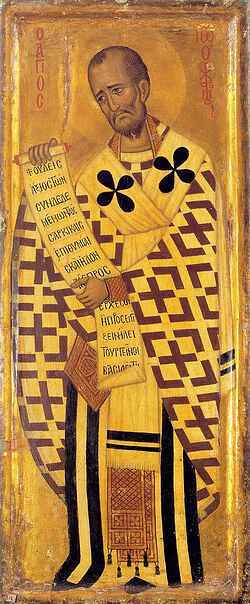
 St. John Chrysostom
St. John Chrysostom Instructions for AlmsgivingCharity is a gift to God.
Instructions for AlmsgivingCharity is a gift to God.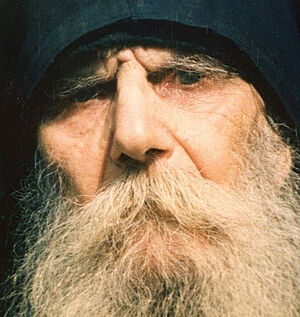
 Spiritual Counsels From Elder Paisius Olaru of Sihla SketeWhen someone shames you, say that God commanded him to do it. When someone takes something of yours, God commanded him to take it, in order to make you a monk. When you are removed from a higher place, God changed your place so that you would change from your passions and bad habits.
Spiritual Counsels From Elder Paisius Olaru of Sihla SketeWhen someone shames you, say that God commanded him to do it. When someone takes something of yours, God commanded him to take it, in order to make you a monk. When you are removed from a higher place, God changed your place so that you would change from your passions and bad habits. Romania: Elders Paisie (Olaru) and Dionisie (Ignat) proposed for canonizationThe names of two more of the holy elders under consideration for canonization in 2025 by the Romanian Orthodox Church were revealed over the weekend.”>he will be numbered among the saints.
Romania: Elders Paisie (Olaru) and Dionisie (Ignat) proposed for canonizationThe names of two more of the holy elders under consideration for canonization in 2025 by the Romanian Orthodox Church were revealed over the weekend.”>he will be numbered among the saints. 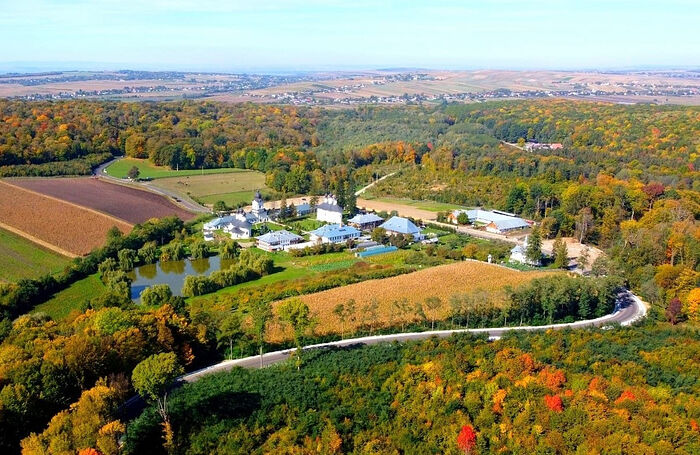

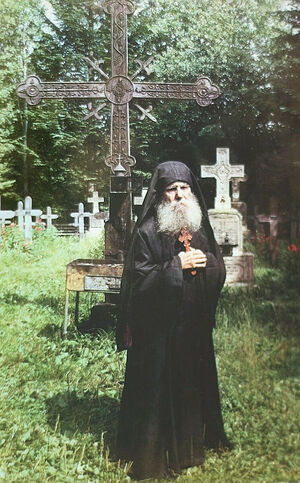

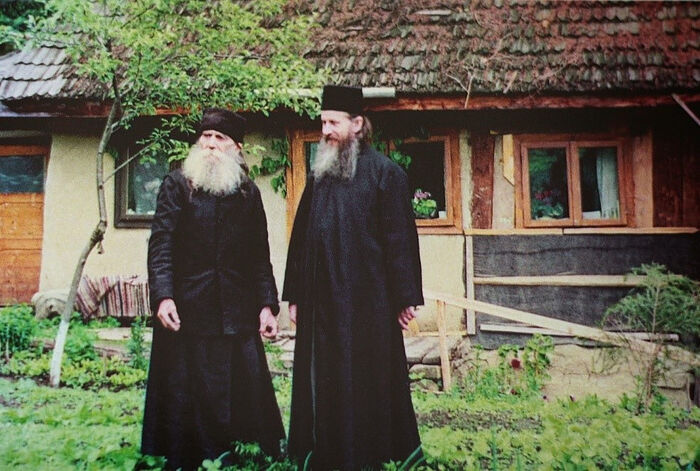
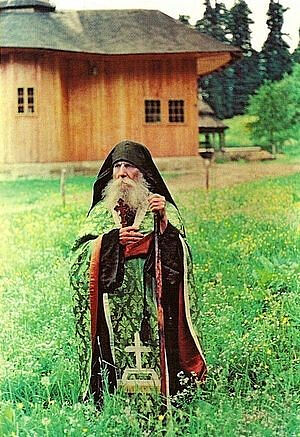
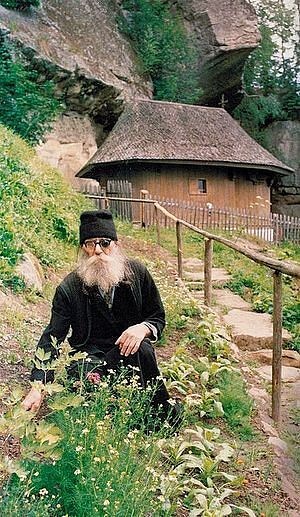
 The Repose of Hieroschemamonk Paisius (Olaru)The relationship that existed between the renowned spiritual fathers of Romania during the latter part of the 20th century was truly a bond of spiritual love.
The Repose of Hieroschemamonk Paisius (Olaru)The relationship that existed between the renowned spiritual fathers of Romania during the latter part of the 20th century was truly a bond of spiritual love.